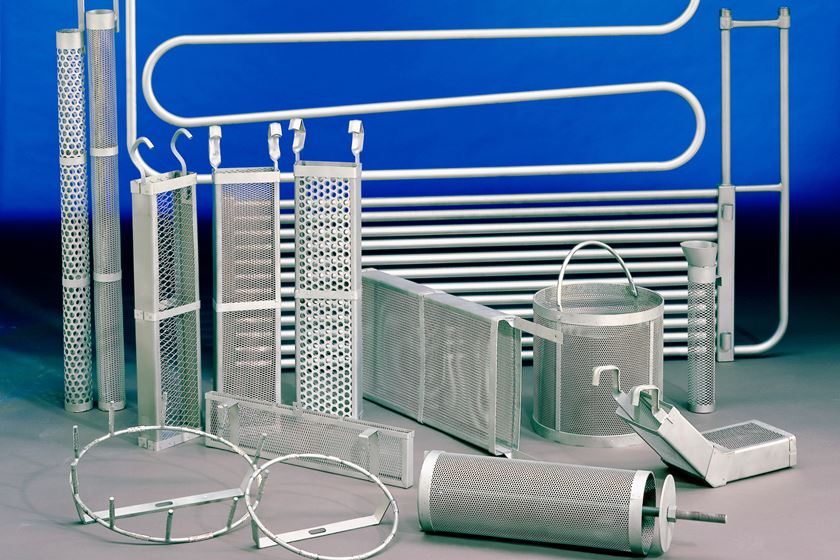Electroless Nickel on Leaded Steel
Question: We are plating leaded steel, 12-L-14, with electroless nickel (mid-phosphorous bath). Three or four days after processing, the parts are showing “pockets” of staining.
Question:
We are plating leaded steel, 12-L-14, with electroless nickel (mid-phosphorous bath). Three or four days after processing, the parts are showing “pockets” of staining. This staining only shows up on the leaded steel parts. What is going on? G.S.
Answer:
This is a problem that seems to show up all the time. In fact I have commented on the problem a number of times in the last 4 years. The lead (0.15-0.35% by weight) is added to the steel to enhance machinability of the steel. The lead smears on the surface during machining and tends to act as a lubricant. Use of a “standard” cleaning cycle does not remove all of this lead. The following cleaning cycle should remove the lead and give you a good clean surface for your electroless nickel plating:
- Soak clean
- Clean anodically at a current density of 90-100 asf in a strong alkaline cleaner
- Dip in an acid such as acetic, fluorboric or glycolic acid
- Rinse well between each step
Proprietary acids are also available. Go to the “Suppliers” section of www.pfonline.com and click on Cleaning and Pretreatment, then Cleaning Chemicals, aqueous. Or, look in the Products Finishing Directory & Technology Guide under Cleaning Chemicals, aqueous for names of vendors.
Another option is to use a 10% hydrofluoric acid dip for 10-30 sec. Be careful with this acid—it can cause nasty burns.
RELATED CONTENT
-
Copper Plating on Aluminum and Aluminum Alloys
How can I plate copper on aluminum?
-
A Chromium Plating Overview
An overview of decorative and hard chromium electroplating processes.
-
Masking for Surface Finishing
Masking is employed in most any metal finishing operation where only a specifically defined area of the surface of a part must be exposed to a process. Conversely, masking may be employed on a surface where treatment is either not required or must be avoided. This article covers the many aspects of masking for metal finishing, including applications, methods and the various types of masking employed.
















